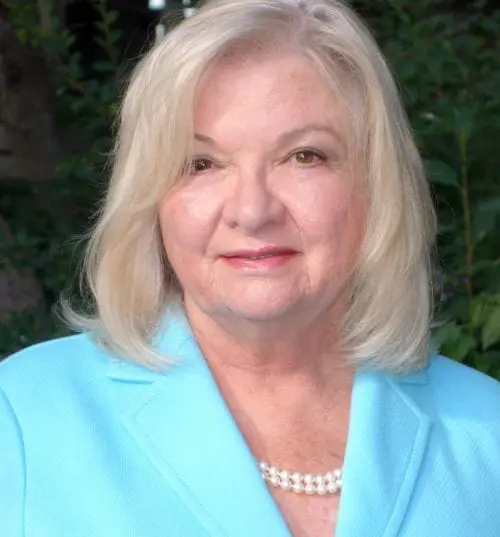
Pet washing stations, two-story family rooms, whirlpool tubs and elaborate outdoor kitchens are out.
So, what’s in? Living-family room-kitchen combos, Energy Star-rated features and appliances and ceilings no less than nine-feet higher on the main floor are features most likely found in new single-family homes this year. First-time buyers also say a laundry room, dining room and walk-in closet in the master bedroom are essentials.
The size of the typical new home continues to hover at the 2,627 square feet, virtually unchanged from last year, when it fell 2 percent after six years of steady increases. Also leveling off, starting in 2016, were the number of bedrooms and the size of garages. Forty percent of new homes in 2017 had four or more bedrooms, while a little more than one-third having three bathrooms or more, according to a survey released by the National Association of Home Builders (NAHB) at the International Builders Show in Orlando in January. Two in ten homes had a three-car garage.
Price and Location
Surprisingly, fewer than 10 percent of potential buyers say size and features matter most in a decision to purchase a particular home. Instead, price is the most important factor for 60 percent of buyers, while 24 percent say location is key. Desired neighborhood features include low crime, access to retail and healthcare, distance to work, access to major roads and types of homes. Good public schools trail at the end of this list.
For potential buyers, affordability and availability remain major challenges, explained Rose Quint, assistant vice president of survey research for NAHB. Sixty percent of home shoppers have been looking for three months or longer. About a quarter of those unable to buy say they have been outbid whenever they make an offer.
Price is the most important factor for 60 percent of homebuyers, while 24 percent say location is key.Even though a majority expect the search to get harder or remain the same in the next year, Quint says they are not putting buying plans on hold. “These potential buyers see a problem with housing availability. They know it’s a tough nut to crack, but they are not deterred. They are still planning to buy a house in the next 12 months,” observed Quint.
Sales of new homes rose 8 percent in 2017, with starts of single-family homes ticking up by 8.5 percent. Expectations are that single-family home production will increase by 5 percent this year, giving potential buyers more options.
Recently, NAHB reduced their home price forecast for 2018 to a 2.9-percent increase because of the recent tax reform legislation. “While it will further boost economic activity, the new tax law is expected to contribute to price softness in some high-cost, high-tax markets,” said NAHB Chief Economist Robert Dietz.
Renovations on Tap
Homeowners are staying in their homes longer than they used to, on average about 12 to 13 years. Almost three-quarters say they like their current home, but updates are on the agenda for a good number, according to research conducted by media giant Meredith Corporation.
Speaking at a press conference, along with Quint during the International Builders Show, Traditional Home magazine Executive Editor Jill Wagge and Better Homes and Gardens Home Design Editor Amy Panos say their surveys show that 80 percent of respondents, who are female homeowners, say they want to make home improvements in 2018 and one in five is already in the midst of a project.
Improvements range from refreshing paint and changing flooring to making improvements in kitchens, bathrooms and outdoor space. Responses to the survey were categorized into two groups: mainstream or luxury based on income. The benchmark was an income of $125,000 per year with anything below that level considered mainstream. Those in the mainstream group were more likely to tackle do-it-yourself projects. They often choose cost over quality. Luxury owners are looking for a high level of amenities, such as bathroom renovations with an expansive freestanding tub. Kitchen renovations for this group are apt to include all the bells and whistles.
Changes Ahead?
Looking ahead, NAHB’s research uncovered potential markets for tiny houses and driverless cars. A little more than one-quarter of those surveyed said they would consider a home under 600 square feet; another 25 percent say they might consider one. The biggest proponents are Millennials (63 percent) and then Gen Xers. A majority also said they would consider the possibility of buying a safe and affordable driverless car, but again, there were sharp divisions among generations with almost three-quarters of Millennials saying “yes” or “maybe.” Seniors, on the other hand showed little enthusiasm with only 13 percent saying “yes.”
The effect of autonomous vehicles on real estate has undergone a wide-ranging debate this year, but 63 percent of adults (open to owning/riding a driverless car), according to NAHB research, say it would or possibly could encourage them to move farther away from their jobs. Among Millennials, almost half responded with a yes to this question.
All in all, it’s tempting to say it’s full speed ahead for new homes this year.

Camilla McLaughlin is an award-winning writer specializing in house and home. Her work has appeared in leading online and print publications, such as Yahoo! Real Estate, Unique Homes magazine and Realtor magazine. She has also freelanced for the Associated Press.
 Why 55+ Home Buyers Should Build Custom Homes
Why 55+ Home Buyers Should Build Custom Homes